REVIEW – Triangle Strategy was not in an easy position when it was released in early March. With the year 2022 kicking off with games like Elden Ring and the latest instalment in the Syberia series, this strategy RPG could easily have escaped gamers’ attention. Hopefully, it didn’t, as Triangle Strategy is a unique gem that combines elements of both the Japanese fantasy RPG wave of the 90s and a complex, exciting and detailed modern game. Without a doubt, anyone who decides to embark on the adventures of Triangle Strategy will face a very exciting challenge. But what makes this RPG so special?
Although it’s a subjective topic for everyone, for me, one of the crucial factors in games is the story. Triangle Strategy isn’t the first RPG I’ve come across, but it’s one of the few that have really gripped my attention with its complex story. The new Square Enix game presents a compelling and detailed, well-constructed story and world, which we enter in its last peaceful hour, as we embark on our first “mission” as Serenoa Wolffort. Serenoa is on his way to meet his new fiancée when he finds himself in a fight to defeat two brigands. It is also in this battle that Serenoa’s new team “accidentally” begins to gather. Before the official meeting, we meet his fiancée Frederica and her companion Geela. Towards the end of the battle, Prince Roland, the youngest son of the King of Glenbrook, drops in. Alongside them we meet Benedict, Lord Serenoa’s advisor, who is always giving the young heir wise and prudent advice. After the first battle, the newly engaged couple and their entourage can finally set off for Wolffort, where Serenoa’s father awaits them with open arms. The battle with the bandits is the first battle of the game, so we are given plenty of hints and guidance on how to conduct it. Basically, it’s a simple battle with two bosses, the point is to get to know the main characters and how the battles go and what the characters’ abilities are.
Intrigue, Politics, And A Struggling Road To Peace
Wolffort is one of the important families of Norzelia who hold the political influence of the region. Wolffort has traditionally been a loyal ally of the royal family of Glenbrook, and now they are ready to engage in an economic and political cooperation in which they seek peaceful coexistence with other, hitherto hostile, or rival cities and landlords in the region. This is sealed by the marriage of Serenoa and Frederica, half-sister of the Count of Aesfrost, but it is not as idyllic as the two young people might have thought.
Triangle Strategy paints a very real, very human world, full of political calculations and intrigues, and a great deal of backstabbing. Frederica, for example, receives a lot of unsolicited and disparaging remarks from almost everyone, except her fiancé and his friends, right from the start. She is a descendant of the house of Aesfrost, but because her mother is of Roselle descent, her family has treated her as an outsider from the beginning. Wherever she goes she is discriminated against and hurt because of her origins. But who are the Roselles? In an ‘idyllic’ world where one house, the Hyzantine, guided by their goddess, has created perfect equality, and another, Aesfrost, is immensely proud of the perfect freedom that the people enjoy under their rule, there is a ‘black spot’; the pink-haired Roselles, outcasts of society, condemned to cruel forced labour in the salt mines of the region, who must flee from everywhere to preserve their personal freedom. Frederica also gives us the opportunity to learn about their history and their position in society, during which Master Serenoa also learns a great deal about the Grand Duchy, or Holy State, which he had previously thought to be immaculate. He first encounters this when, on his return home with Frederica, he is welcomed by his father with great affection, but he also lets his son and daughter-in-law in on the real reason why Frederica has been chosen as his betrothed. Marriage will “crown” the collaboration of the three houses, but if something goes wrong — which, as it turns out, is not such an absurd possibility — the “undesirable” Aesfrost girl and the young Serenoa will be easily casted away.
After learning about the harsh realities of the nature of their engagement, we leave for a celebration of peace and the beginning of smooth cooperation, hosted by the King of Glenbrook, who himself hopes for a period free of strife. It is at this celebration that the full starting strength of our team is assembled, joined for good by Prince Roland, his personal bodyguard, the highly skilled archer Hughette, Erador, the loud-mouthed and caring shield-bearer, and Anna, one of Wolffort’s excellent spies. After a successful battle with our troops in the jousting tournament of the feast, we set off to explore one of the great powers of the region. The decision is up to us, will we visit Aesfrost or Hyzantine?
Whichever we choose, the story soon takes a tragic turn; war breaks out in the kingdom of Glennbrook, the royal family is threatened, and our team is swept into the unrelenting tide of war, with no choice but to take on the conflict and stand up for what (and who) they believe in.
The Scale Of Conviction, Or How The Heir To The House Of Wolffort Becomes A Charismatic Leader
The first serious decision in the game, in which we must choose between Hyzantine and Aesfrost. This decision has a long-term impact, as it will determine which new character will be added to our warrior team. However, it won’t affect the course of the story, but it’s rather an introductory situation to learn about the game’s voting-based decision-making system. Back in Wolffort, Serenoa receives a scale from his father to help him make important decisions. Each of his teammates is given a coin, which they place on one or the other tongue of the scale according to the decision they vote for. There is a specific voting process, in which we (i.e. Serenoa) cannot vote, but we can still decide the outcome of the vote if we convince our respective teammates to reconsider their opinion after gathering enough information. Here again, we are given a relatively large degree of freedom, as we have the opportunity to explore our surroundings before each vote, from which we can gather valuable additional information and use it to persuade our teammates to “change their minds” with more convincing arguments. Of course, you don’t have to go on an information-gathering tour to make a decision or influence a vote, you can try to convince your teammates without it as well, but these little “tours” can be very useful and can even influence the course of a battle.
The story of the game depends heavily on these votes, with different choices leading to different endings. There are basically three possible endings to the game, and all three involve sacrifices, as none of the endings will leave all of our companions with us. However, if we balance between the needs of our partners, we have the possibility of a fourth, so-called “Golden Ending”, in which all our allies remain with us, and we can steer the war in a more successful direction. This ending is understandably the most difficult to achieve, as it requires very carefully planned decisions, including dialogue-based decisions/choices outside of voting, of which there are many in the game.
And while we’re on the subject, one of the great things about Triangle Strategy is the sheer number of choices. Outside of the voting system, there are a lot of dialogue options to choose from, that also have some influence on the story. The answers can be grouped according to three principles or values: morality, liberty and utility. These form our ‘conviction points’, which, depending on which one we collect the most of, will help us reach a conclusion. You cannot check these points during the game, so you will only know at the end of the game which of these points you have used to reach the end. As well as making the game more difficult to play, this also makes Triangle Strategy replayable, encouraging you to try new endings. Conviction points can be earned in a variety of ways; part of the genius of the game is that you can also strengthen one or another conviction during battles by using certain characters in the battle, or by the way you treat your opponents, and many other ways. This is also based on a very carefully designed system, which makes Triangle Strategy even more complex and engaging.
Because it’s a strategy RPG, almost everything from battles to simple conversations focuses on choosing the right strategy. However, those who might be less into games with a strong tactical focus should not be alarmed, as this is all well spread throughout the game, with plenty of opportunities to enjoy the exciting and sometimes dramatic storyline, or to make the most of yourself and your team in the heat of battle. For me at least, the strategy-based parts didn’t feel overwhelming, because they were well integrated into the gameplay. Also, there are different levels of strategizing required in different parts of the game. In the case of voting and decision making, it is worth thinking in terms of long-term strategies, especially if you are aiming for a certain ending. In battles, on the other hand, it is better to think in terms of short-term strategies. By combining these two approaches, you can navigate the game without any problems and even reach the desired ending on the first try (I tried hard though, but I couldn’t reach the Golden Ending on the first try either…)
Sometimes Strategists Have To Be Pragmatic
When we are not planning our decisions or witnessing the dramatic twists and turns of an exciting story, we are most likely fighting a battle, as it is still an RPG. Every chapter of Triangle Strategy has at least one more or less difficult battle. During these battles, you will of course have to fight with your ever-expanding team. Each teammate, like in a good fantasy RPG, has a different function. It should be noted that Triangle Strategy is quite strong in terms of mages, healers and other spell-using characters, and practically every character can be very useful and powerful in their own way. Once we have a team, we have to decide who will be the most effective fighters in a given battle, and we have to build a powerful line-up accordingly. each team member will improve with each battle they participate in, but we also have the option to equip them with various accessories to increase their power. The most important element of battles is positioning. Before each battle, we have the option to position our characters one by one on the battlefield. There are many details to consider, such as positioning everyone in front or behind according to their function, taking advantage of terrain and weather conditions, and making thoughtful use of your environment, including secret traps around you or elements of a building for defence and tactics. The scope of your attacks and your room to manoeuvre during battle is aided by a grid system (similar to Final Fantasy games’ battle system) that clearly indicates your attack range, space for moving during the battle and safer or more dangerous spots.
In the case of battles, it’s also important to note that you shouldn’t be afraid if you lose a teammate in combat, as these are never part of the canonical story. As a result, we don’t have to worry about a particular battle killing off our entire team, since they won’t actually be harmed. On the other hand, even unsuccessful battles have advantages, as we get more practice with them and still earn rewards (coins and kudos – which we can exchange for useful items). At the same time, we also have the opportunity to practice in mental mock battles, which can be insanely useful if you need more time and practice to get used to the game’s battle system.
Despite my habit of enjoying the story and decision-making systems mor, I found the battle system in Triangle Strategy surprisingly exciting. It’s easy to get bogged down at the beginning with all the hints and instructions you get from the game. However, once you get the hang of it and get into making tactical decisions, the challenges and battles of Triangle Strategy will provide a very enjoyable and challenging experience.
Nineties Vibes With A Fine Touch Of Modern Design
Although graphics are not a crucial aspect of an RPG like Triangle Strategy, I would like to highlight certain aspects of it that really struck me. I’ve played a lot of 90s Japanese RPGs since I was a little kid, and for me Triangle Strategy evoked their world in terms of both visuals and music, of course, in terms of a more sophisticated and improved version that has boldly drawn inspiration from its predecessors. I’d definitely highlight the beautiful, slightly Ghibli-style character artwork, which can be seen during battles and on the character sheet in the War Chronicle. But the 3D pixel art chibi versions of the characters are also detailed and nice, although I mixed up certain side characters time to time. The environment in which we are fighting battles, discovering our surroundings, or watching the story unfold is quite elaborate, the textures are very nicely rendered, but at the same time they don’t give a cluttered impression.
The music is also worth mentioning. There is a wide variety of background music throughout the gameplay, some of it is completely forgettable, but a lot of tracks are very well-made and beautiful. They are also a bit reminiscent of retro fantasy RPGs, but more stunning.
Overall, both the visuals and the music contribute strongly to the game’s distinctively Japanese fantasy vibes, which fans of the genre will certainly appreciate.
There Is Still Room For Improvement
In addition to the many positives, however, there are also some drawbacks. For me, one of the strongest negative points was the initial difficulty in progressing with the story, which is the result of the overwhelming amount of information that is thrown at us in the beginning of the game, almost in one go. This is common in the genre, and there are undoubtedly advantages to it, but it felt a bit overwhelming to me, as the average player spends hours reading through the tips, instructions and rules, which can get tiring after a while.
Another minor problem for me was a visual element, namely the death of characters. As I mentioned, our protagonists cannot die permanently in battles, but it’s no big secret that we lose several (otherwise very likeable) side characters in the course of the story. Some of the deaths result in a particularly dramatic scene, in which the heart-breaking moment is ruined when the character in question “falls on his face” and bleeds to death in a way that is fitting for a battle animation. I think such a solution feels a bit frivolous in dramatic scenes.
The third objection I raise is one of the game‘s greatest strengths (or “could have been” strengths). Throughout the gameplay of Triangle Strategy, you will come across many interesting characters. You have a lot of opportunities to get to know them better, either through polls or conversations. However, even the main characters often felt a little one-sided or flat to me, with their overly polite and reserved behaviour to each other, even when you would expect more emotion or perhaps independent determination from them. As a result, it sometimes feels as if, although they have their own opinions, Serenoa’s opinion is ultimately more important to them. Oftentimes they just lack individual temperament. In the future, if there will be a sequel or adaptation of the game, I hope that they will have the opportunity to develop more intensively, because they have a lot of potential!
-Shion-
Pro:
+ High replayability, with an engaging story
+ Intense and exciting tactical battles
+ Complex decision-making system with a lot of choices
Against:
– Sometimes even the main characters are somewhat dull
– Overwhelming amount of instructions in the beginning
– Almost no character development
Publisher: Nintendo
Developer:Square Enix, Artdink
Genre: Tactical RPG
Release date: 4 March, 2022
Triangle Strategy
Gameplay - 8.5
Graphics - 8
Story - 8.5
Music/Audio - 7.7
Ambience - 8
8.1
EXCELLENT
Overall, Triangle Strategy is a very detailed, well-constructed and exciting tactical JRPG that is worth a try even if you are not necessarily a fan of the genre, as the story and the atmosphere of its world can be very captivating. Of course, this game is not perfect and leaves some things to be desired, but I can warmly recommend it to fans of Japanese fantasy, RPG, or strategy games.

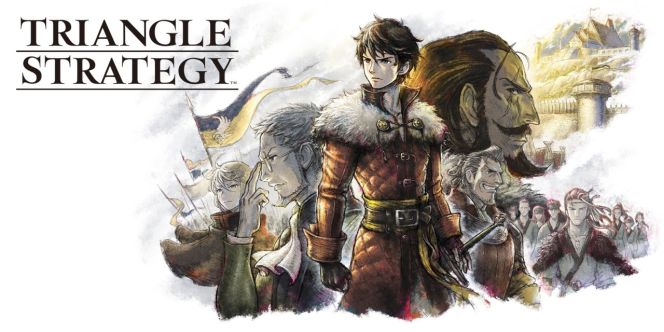
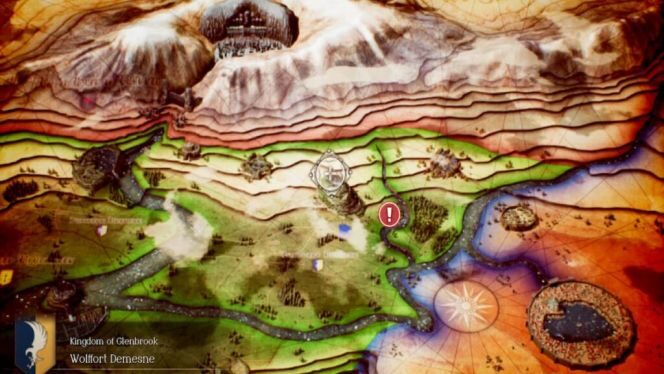
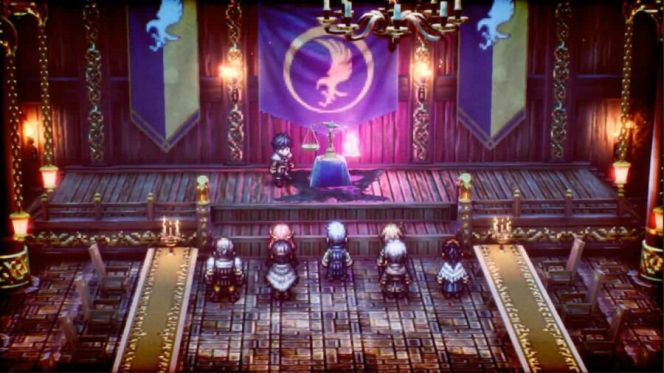
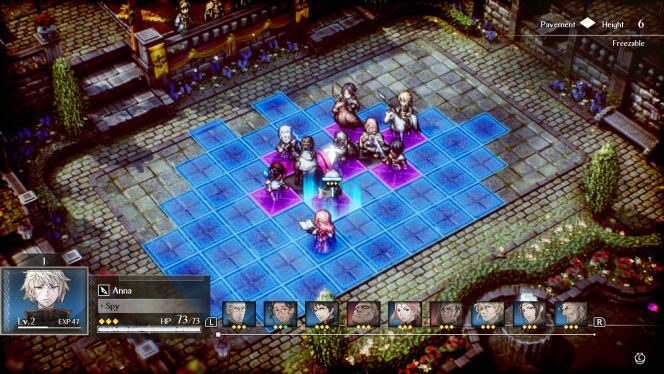
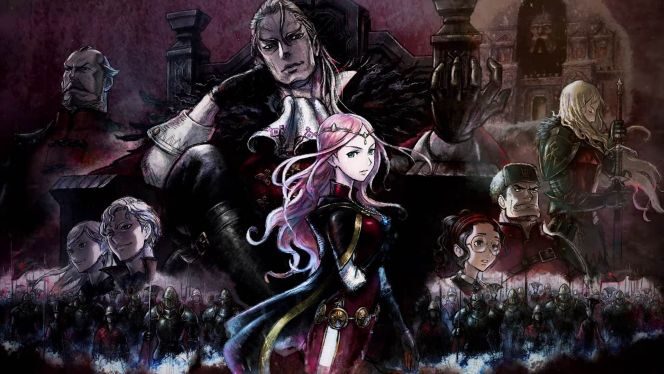



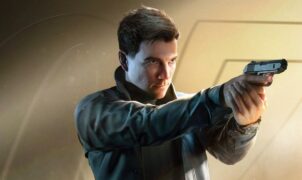
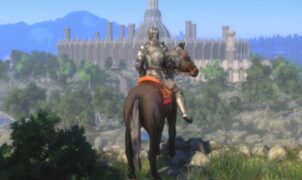




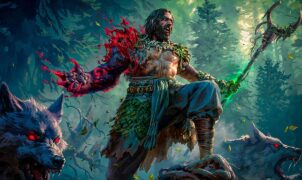
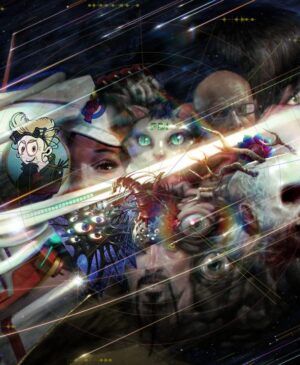


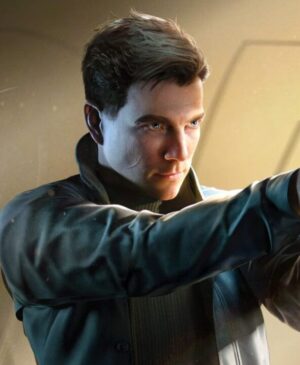
Leave a Reply